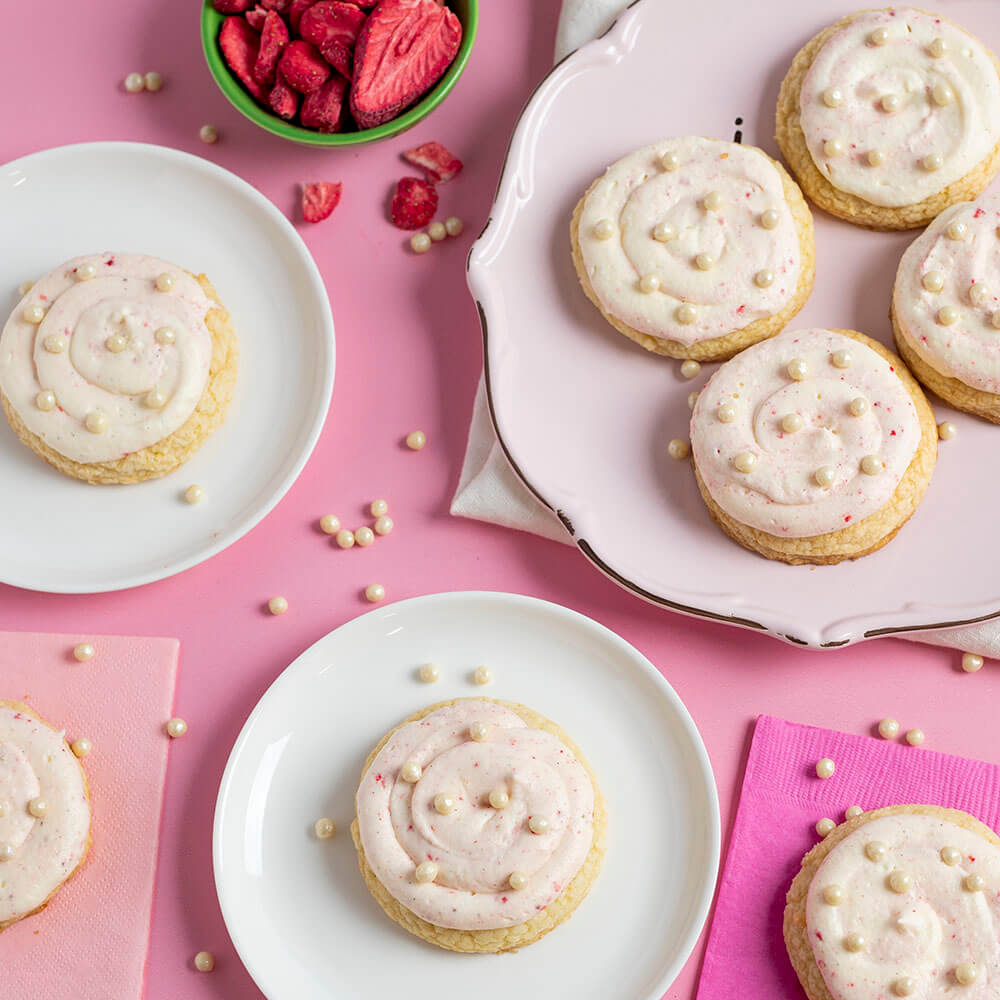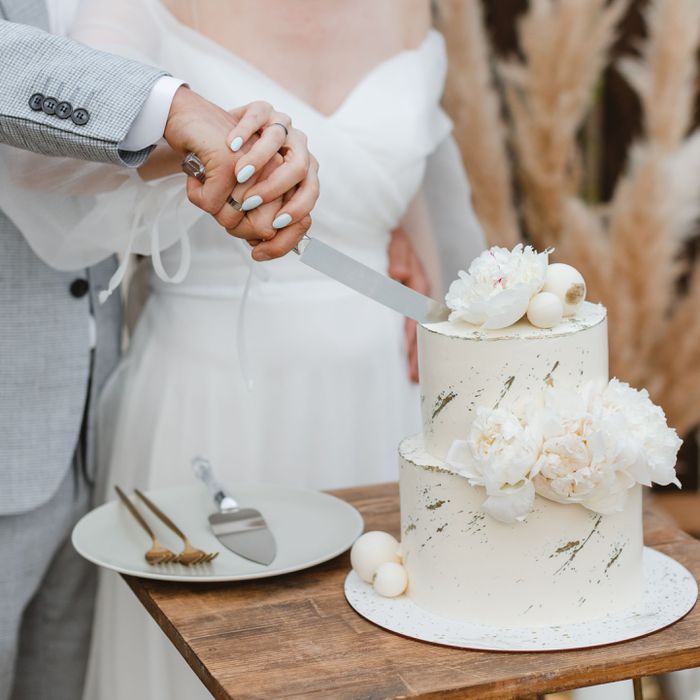I. Introduction to Freezing Your Wedding Cake

A. Importance of Preserving Your Wedding Cake
Your wedding cake is not just a delightful treat enjoyed during the celebration; it holds significant sentimental value as a cherished symbol of your special day. Freezing a portion of your wedding cake allows you to preserve the memories and traditions associated with the cake-cutting ceremony. It serves as a delightful way to commemorate anniversaries and other significant milestones in your married life. Preserving a portion of the cake provides an opportunity to relive the joy and romance of your wedding day, symbolizing the lasting commitment and love shared between you and your partner.
B. Benefits of Freezing Your Wedding Cake
Freezing your wedding cake offers various advantages, including the ability to savor the flavors of your wedding day long after the event. By storing a portion of the cake, you can enjoy a taste of nostalgia on future anniversaries, rekindling the cherished memories of your special day. Additionally, preserving the cake allows you to share in the tradition of eating the top tier on your first anniversary, a custom that holds significant sentimental value for many couples. Freezing your cake also saves you the effort of ordering a fresh cake for your anniversary, making the occasion more meaningful and stress-free.
II. Preparing Your Wedding Cake for Freezing
A. Selecting the Right Packaging
When preparing to freeze your wedding cake, selecting the right packaging is essential to maintain its flavor and texture. Opt for airtight and moisture-resistant packaging to safeguard the cake from freezer burn and odors. Commonly used packaging options include plastic wrap, followed by a layer of aluminum foil, or placing the cake in a specifically designed freezer storage container. Properly securing the packaging helps preserve the cake’s freshness and prevents the absorption of unwanted flavors from the freezer.
B. Preparing the Cake for Freezing

Before freezing the cake, it is crucial to prepare it carefully to ensure optimal preservation. Begin by removing any non-edible decorations, such as fresh flowers or decorative embellishments. Next, gently but thoroughly, wrap the cake in multiple layers of plastic wrap to create a sealed barrier against moisture. This step helps maintain the cake’s moisture content and prevents freezer burn. Finally, ensconce the wrapped cake in a layer of aluminum foil to provide an extra layer of protection against potential exposure to freezer odors and temperature fluctuations.
III. Freezing and Storing Your Wedding Cake
A. Wrapping Techniques for Preservation
Preserving your wedding cake through proper wrapping techniques is crucial for maintaining its flavor, texture, and overall quality. When wrapping the cake, ensure that it is at room temperature to avoid trapping condensation, which can lead to sogginess. First, carefully remove any decorative elements, such as toppers, flowers, or non-edible accents, and set them aside for separate storage. Next, tightly wrap the cake in several layers of plastic wrap, ensuring that no part of the cake is left exposed. This helps to seal in the cake’s moisture and prevents the absorption of any freezer odors. After the plastic wrap, cover the cake with a layer of aluminum foil for an added barrier against air and moisture. Proper wrapping is essential for preserving the cake’s integrity and taste during the freezing process and beyond.
B. Choosing the Ideal Freezing Conditions
Selecting the ideal freezing conditions is paramount to preserving your wedding cake. Once the cake is properly wrapped, place it on a flat surface in the freezer, ensuring that it is not in direct contact with other items or surfaces that might compromise its shape. Ideally, store the cake in the coldest part of the freezer to maintain a consistent and uniform temperature. Avoid placing heavy items on top of the cake to prevent any potential damage. Additionally, it is advisable to minimize the opening and closing of the freezer door to prevent temperature fluctuations. By adhering to these conditions, you can ensure that your wedding cake is preserved in optimal freezing conditions, maintaining its taste and texture until it’s time to be enjoyed once again.
IV. Thawing and Serving Your Frozen Wedding Cake
A. Guided Thawing Process

Thawing your frozen wedding cake requires a gradual and carefully guided process to preserve its flavor and integrity. To begin, remove the cake from the freezer, keeping it in its packaging to prevent condensation as it acclimates to room temperature. Place the cake in the refrigerator to thaw for approximately 24 to 48 hours, allowing it to defrost slowly. This gradual thawing process prevents the cake from becoming overly moist or soggy, ensuring that it retains its original texture. Once the cake has thawed, carefully remove the wrapping and allow it to sit at room temperature for a short time before serving. This gradual thawing method helps to preserve the cake’s flavor and structure, allowing you to savor its original taste and quality when it’s time to indulge in its sweetness once more.
B. Tips for Presenting Your Defrosted Cake
When presenting your defrosted wedding cake, pay attention to the finer details to ensure a visually appealing and memorable experience. Before serving, inspect the cake for any signs of damage or condensation, and gently remove any remaining wrapping. If the cake was originally adorned with decorative elements, carefully reapply them to enhance its visual appeal. To further elevate the presentation, consider adding fresh flowers or complementary decorations to adorn the cake, rekindling the beauty it exuded on your wedding day. Finally, slice and serve the cake on elegant serving ware, complete with a celebratory ambiance to honor the joyous occasion it represents.
V. Dos and Don’ts of Freezing Wedding Cakes
A. Best Practices for Optimal Preservation
Preserving your wedding cake through freezing requires adherence to best practices to ensure its optimal preservation. Firstly, it is crucial to use high-quality, airtight wrapping materials, such as plastic wrap and aluminum foil, to protect the cake from exposure to air and moisture. Additionally, label the packaging with the date of freezing to keep track of its storage time, allowing you to plan for its eventual consumption. Maintaining consistent freezing conditions and avoiding temperature fluctuations is also essential for preserving the cake’s flavor and texture. Lastly, consider storing the cake in a dedicated section of the freezer, away from items with strong odors, to prevent the absorption of unwanted flavors. Following these best practices ensures that your wedding cake maintains its original taste and appearance, ready to be enjoyed in the future.
B. Common Mistakes to Avoid
When freezing your wedding cake, certain common mistakes should be avoided to safeguard its quality and palatability. One prevalent mistake is freezing the cake for an extended period, exceeding the recommended storage time, which can compromise its taste and texture. It is imperative to monitor the duration of freezing and plan for consumption within the recommended timeframe. Another mistake to avoid is exposing the cake to fluctuations in temperature during the freezing process, as this can lead to the formation of ice crystals and freezer burn, negatively impacting the cake’s quality. Additionally, failing to use proper wrapping techniques or utilizing inadequate packaging materials can result in the cake becoming dry or absorbing unwanted freezer odors. By steering clear of these common mistakes, you can ensure that your wedding cake remains a delectable and evocative treat for the occasions you choose to revisit and celebrate.
